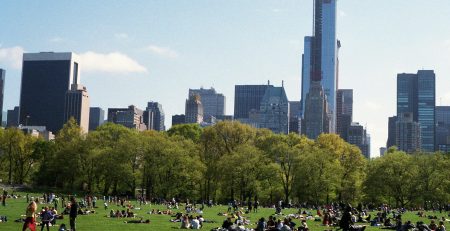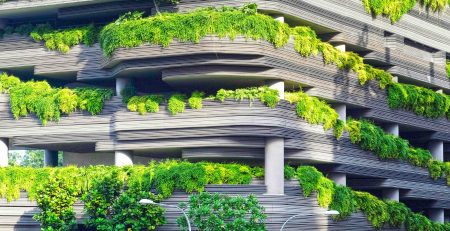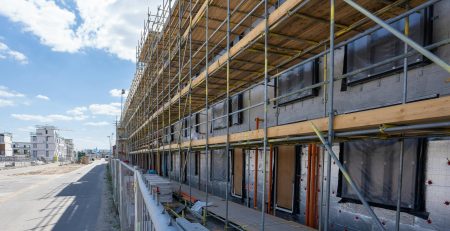Unpacking Green Premium and Brown Discounting
The transition towards sustainable development has introduced two pivotal concepts in the real estate and investment sectors: green premium and brown discounting. These terms reflect the financial valuation attributed to the energy efficiency and environmental performance of buildings. This article explores how these valuations influence the market, emphasizing the importance of energy efficiency and carbon emission reduction in driving cost savings and environmental benefits.
Green Premium: Rewarding Sustainability
- Definition: Green premium refers to the higher value or rent commanded by buildings that incorporate sustainable features, such as energy-efficient systems, renewable energy sources, and eco-friendly materials.
- Drivers of Green Premium: Key factors include reduced operational costs, increased occupant health and productivity, regulatory compliance, and enhanced marketability. Buildings with high energy efficiency ratings or certifications like LEED, BREEAM, or EDGE often attract a green premium due to their lower environmental impact and operational savings (but these benefits need further verification)
- Economic and Environmental Impact: Properties with green certification can see an increase in asset value between 7% to 11%, according to various market studies. Moreover, these buildings play a crucial role in reducing carbon footprints, aligning with global efforts to combat climate change.
Brown Discounting: The Cost of Non-Compliance
- Definition: Brown discounting occurs when properties that lack energy efficiency or have high carbon emissions are devalued in the market. This can result from increased regulatory risks, higher operational costs, and shifting investor and consumer preferences.
- Consequences of Brown Discounting: Properties that fail to meet sustainability criteria face risks of obsolescence, reduced tenant demand, and potential financial penalties, leading to a decrease in their market value.
- Strategic Implications: Brown discounting serves as a financial indicator of the urgent need for property owners and developers to invest in energy-efficient retrofitting and sustainable practices to avoid depreciation and remain competitive.
Synergy of Green Premium and Brown Discounting in Market Dynamics
- Market Transformation: The interplay between green premium and brown discounting is reshaping real estate markets, encouraging investment in sustainable development and penalizing unsustainable practices.
- Cost-Benefit Analysis: Investing in energy efficiency not only mitigates the risk of brown discounting but also positions properties to benefit from green premiums. Energy-efficient buildings typically have lower utility costs, contributing to operational savings and increased net operating income (NOI).
- Regulatory Environment: With governments worldwide implementing stricter environmental regulations, the impact of green premium and brown discounting on property valuation is becoming increasingly significant. This regulatory trend reinforces the economic case for energy-efficient and low-carbon buildings.
A Sustainable Future
The concepts of green premium and brown discounting are pivotal in steering the real estate sector towards sustainability. They exemplify how market forces can incentivize energy efficiency and carbon emission reductions, leading to cost savings and environmental benefits. As the global economy progresses towards greener practices, understanding and leveraging these financial dynamics will be crucial for investors, developers, and policymakers to promote sustainable development and combat climate change effectively.
Future Outlook
To maximize the benefits of green premium and mitigate the risks of brown discounting, stakeholders must prioritize comprehensive sustainability strategies, leveraging technological advancements, innovative financing models, and collaborative efforts to enhance the energy efficiency and environmental performance of buildings worldwide.









